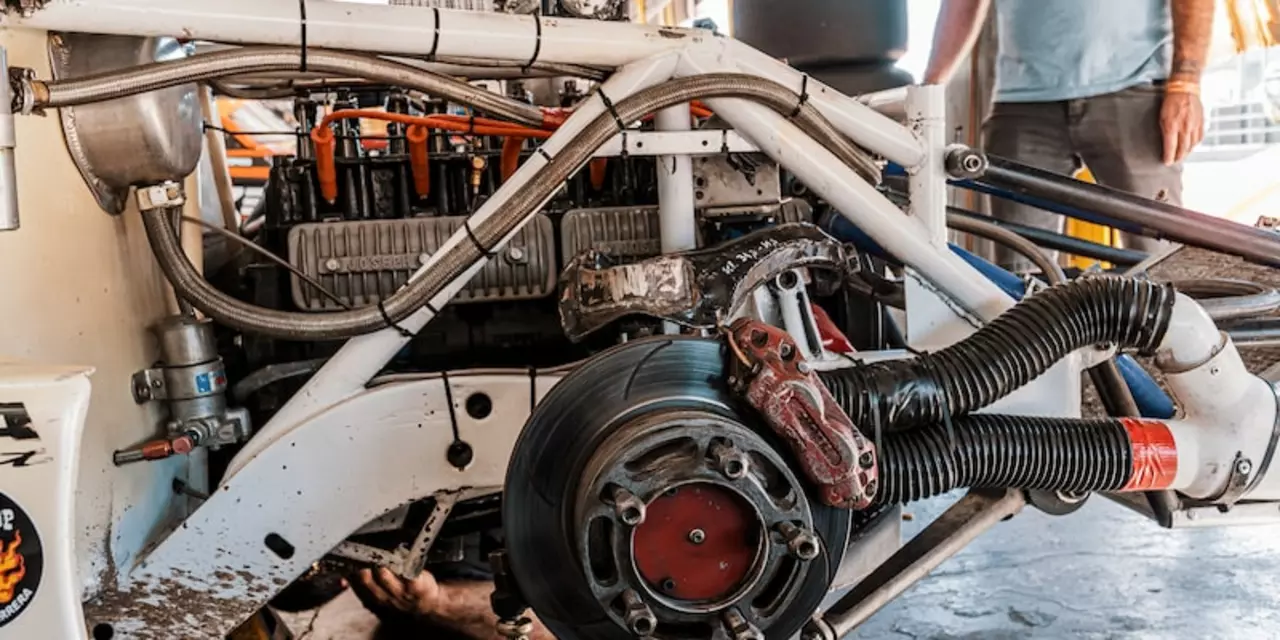Frequency in Motorsports: Why It Matters to Fans and Drivers
Ever wonder how often a new race pops up on the calendar or when the next big news drop lands? In the world of motorsports, frequency is the beat that keeps the whole scene alive. It tells us when the next adrenaline rush will hit, how quickly teams can adapt, and why you might hear a fresh headline every few days.
Race Frequency: How Often Do Big Events Run?
Most top series—Formula 1, IndyCar, MotoGP—run roughly once a week during their season. That means a new Grand Prix or race weekend lands on a Saturday, followed by a race on Sunday. Some championships, like the World Endurance Championship, stretch events over two weekends a month, giving teams more prep time but still keeping fans in the loop.
When you add regional series, club races, and one‑off events, the calendar gets crowded fast. You might see a local sprint race on a Tuesday, a national series on a Saturday, and a livestreamed qualifying session on a Wednesday. The result? Fans can stay glued to their screens almost every day.
News Frequency: Staying Updated Without Getting Overwhelmed
News sites and blogs post multiple times a day during the season. A breaking story—like a driver leaving a team or a technical glitch—gets a quick update, while deeper analysis arrives a few hours later. This rapid turnover keeps the community buzzing and helps you stay ahead of the curve.
Because of that fast pace, it helps to skim headlines first. Look for keywords such as "qualifying", "grid", "penalty", or the tag "frequency" itself. Those clues tell you if an article is about a schedule shift, a new race announcement, or a technical update that could affect future events.
For casual fans, set a routine. Spend five minutes each morning checking the latest race schedule, then skim a second round of headlines before work. That way, you get the essential updates without drowning in details.
In short, the frequency of races, news, and even social media posts shapes how you experience motorsports. Knowing the rhythm lets you plan trips to the track, schedule your watch parties, and stay in the loop when a surprise announcement drops.
So next time you hear about a new race date or a sudden driver change, remember it’s all part of the sport’s pulse. Keep an eye on the calendar, follow the headlines, and enjoy the ride—because in motorsports, the action never really stops.

How often do professional racecar drivers practice?
Professional racecar drivers practice frequently to stay competitive in the sport. They typically practice on closed circuit tracks in order to work on their driving skills and to test out car modifications. Drivers may practice for up to 10 hours a day during race season. During the off-season, they may practice for fewer hours, but still maintain a regular schedule. Drivers also use simulators to practice and test out different strategies for racing. Overall, professional racecar drivers practice regularly to stay competitive and prepare for races.